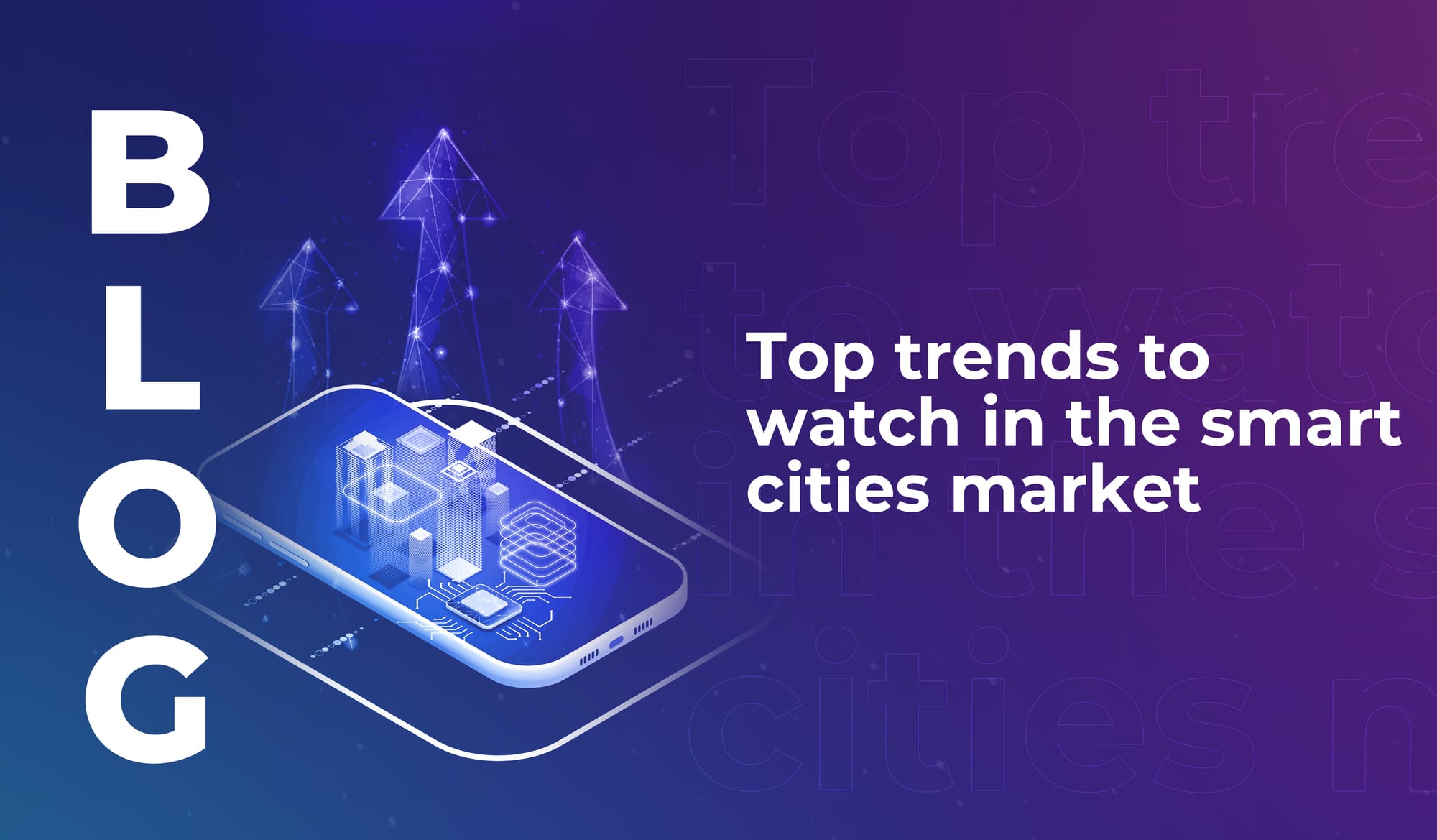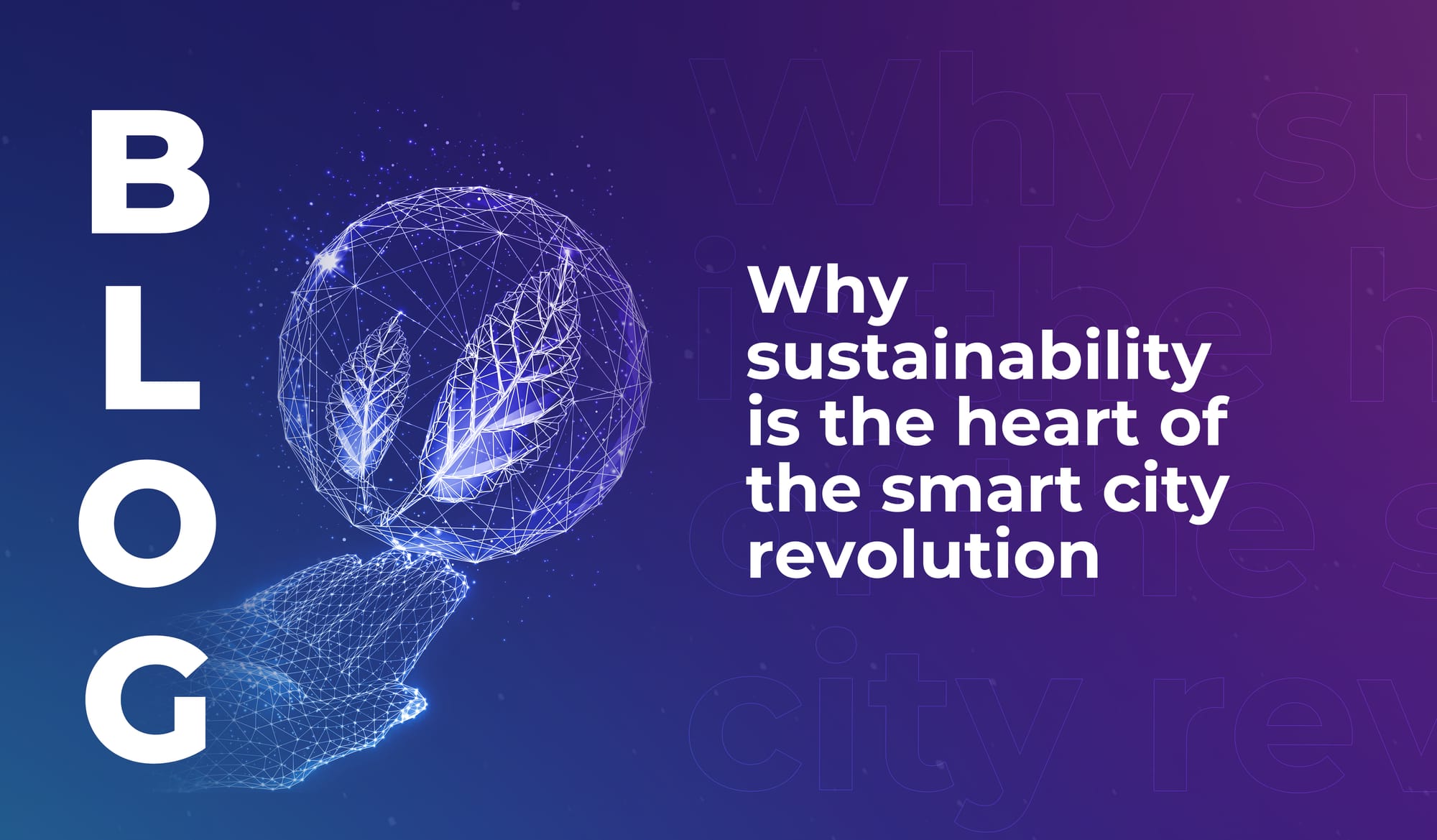
Top trends to watch in the smart cities market
Explore key smart city market trends for 2025–2030, from EV infrastructure to AI-powered waste systems – backed by the latest industry report.


Each week we share our pick of inspiring quotes from #LEAP22. Discover the philosophies that drive global tech innovators – and share their words to join the conversation.
What El Hagar said:
“One thing I believe will become even more critical is creativity. What’s the story? What is the consumer going to remember? Because at the end of the day if the consumer doesn’t remember, the advertising companies are not successful.”
There once was a man called Yvon Chouinard who, when he was 14 years old (in 1953), began climbing cliffs in Southern California.
He started to hang out at popular climbing spots like Stoney Point and Tahquitz Rock. There, he met a few other climbers – including T.M. Herbert, Royal Robbins, and Tom Frost.
In 1957 Yvon bought a used coal-fired forge at a junkyard. He also got himself an anvil, some hammers, and some tongs. He made his first pitons (spikes that climbers drive into rock, and then attach ropes to) and tried them out on the north face of Sentinel Rock in Yosemite.
Other climbers wanted his pitons, so he made more. At that time he could forge two in an hour, and he sold them for $1.50 each. He built a little shop in his parents’ yard.
Then in the winter of 1970, during a climbing trip to Scotland, Yvon wore a rugby shirt for his ascents up the rock. Designed for a tough sport, the shirt’s collar would stop the slings he wore to carry hardware from cutting into his neck. His friends started asking where they could get one, too.
By 1972, Yvon was selling rugby shirts from England, boiled wool gloves and mittens from Austria, hand-knitted beanies from Boulder, and polyurethane raincoats and bivouac sacks from Scotland. Then, convinced that the synthetic pile sweaters worn by North Atlantic fisherman would be ideal for insulating climbers without absorbing moisture, he and his (by then growing) team found fabric samples from a just-bankrupt manufacturer in Los Angeles, called Malden Mills. The fabric worked perfectly – but then climbers needed underwear to go underneath it, that also wouldn’t absorb moisture and freeze against their skin.
Yvon and his team kept on going. They kept looking outside the box, innovating with materials used in other industries to develop optimum gear for climbers – and repurposing materials that would otherwise have ended up in landfill.
The company that grew from Yvon’s dedication to climbers and the planet was called Patagonia. And it got big. And bigger.
Against the pandemic odds, the company reached its peak revenue of USD $209.1 million in 2021.
And do you know what Yvon and team did after they hit that figure?
They didn’t try to use big money to make more money. Yvon didn’t sell, or go public. He and his team didn’t try to avoid corporation tax, or cut corners in production to drive volume while cutting costs.
Instead, Patagonia (now valued at $3 billion) continued its story with an incredible (and uplifting) twist: in September 2022 Yvon gave his company away to charity. He and his wife and two children transferred their ownership to a specially designed trust and charity, to ensure that all annual profits are used to combat climate change and protect undeveloped land around the world.
No one’s forgetting Patagonia now, are they?
This has two things to do with tech. First, it’s a blindingly obvious example of the power of the ‘why’: all brand story developers, including tech brands, can take note of the lessons within the Patagonia tale.
Yvon knew what he was doing, and why. And that ‘why’ continued as a glowing golden thread throughout the development of the business – it’s what drove it forward, brought customers under its wings, and propelled it to international success.
And second, as technology itself developed alongside the Patagonia brand, tech enabled the brand story to play out. From the early days of borrowing clothing technologies from other industries to create better climbing gear, to now; at which point the company is brewing beer with a grain that has strong carbon-sequestration potential and adopting regenerative organic farming practices into its supply chain to grow fibers and food. The tech and tech knowledge of the times have informed, redirected, and inspired Patagonia’s endeavors.
Whether you’re a tech-producing company or a company that’s enabled by tech, the message here is simple: there’s a question to ask. How does your tech relate to your brand story, and how does your story elevate the tech?
What Lotlikar said:
“Presence is when you’re fully immersed in virtual or augmented reality, and it feels indistinguishable from real life.”
Seeing as we were already thinking about stories, Lotlikar’s words made us wonder if presence is the real ‘why’ of the metaverse.
We’ve all been seeking it, right? For years now. Centuries. Millennia. Ancient texts from all religions and philosophies talk, in some way or another, about the power of being present and aware in the moment. Prayer, meditation, exercise, yoga, modern self-help culture – it’s all full of advice and practices to help us arrive and experience the here and now.
The first way to answer that question is to ask what ‘real’ is, exactly. What is less real about a digital life than about a physical one; and what makes an experience feel real?
Arguably, the realness of a sense of presence comes down to connection. Feeling connected to yourself, to your environment, and to the people and things around you.
And lots of people do think that metaverse tech can offer that level of presence.
Matthew Ball (Author of The Metaverse: And How It Will Revolutionize Everything) who wrote of the metaverse:
“It is a massively scaled and interoperable network of real-time, rendered, 3D virtual worlds that can be experienced synchronously and persistently by an effectively unlimited number of users, each with an individual sense of presence.”
And Jensen Huang (Founder of Nvidia), who told Forbes:
“The metaverse is coming. Metaverse is not only a place to game. Future worlds will be photorealistic, obey the laws of physics, and be inhabited by human avatars and AI beings. We will create a future in these metaverses before actually downloading the blueprints to be fab’ed in the physical world.”
And of course Mark Zuckerberg, who wrote this Facebook post about Oculus VR:
“The incredible thing about the technology is that you feel like you’re actually present in another place with other people. People who try it say it’s different from anything they’ve ever experienced in their lives.”
Based on these thoughts, it seems reasonable to make the connection: presence could be the ‘why’ of the metaverse in an increasingly fragmented world. It could help to reduce isolation and loneliness, and allow people to feel connected again – when they’re not able to be physically present with one another.
The question we have, though, is whether the companies developing metaverse experiences right now are clear on their why. Are they striving for presence? Do they want to make people feel more empowered to connect? Or are they, sometimes at least, getting caught up in the tech itself – and forgetting which story they’re trying to tell?

Explore key smart city market trends for 2025–2030, from EV infrastructure to AI-powered waste systems – backed by the latest industry report.

Learn how generative AI is unlocking the true potential of digital twins – to make smart cities more efficient, inclusive, and citizen-focused.

The smart cities of the future will use tech to lower emissions, cut urban temperatures, and improve quality of life in highly populated areas.

Explore key smart city market trends for 2025–2030, from EV infrastructure to AI-powered waste systems – backed by the latest industry report.

Learn how generative AI is unlocking the true potential of digital twins – to make smart cities more efficient, inclusive, and citizen-focused.

The smart cities of the future will use tech to lower emissions, cut urban temperatures, and improve quality of life in highly populated areas.